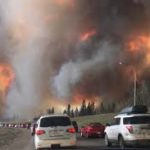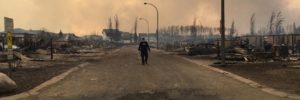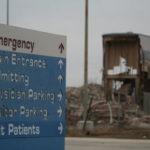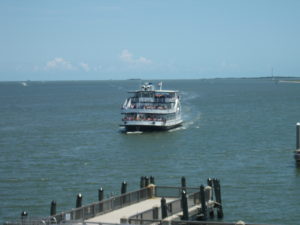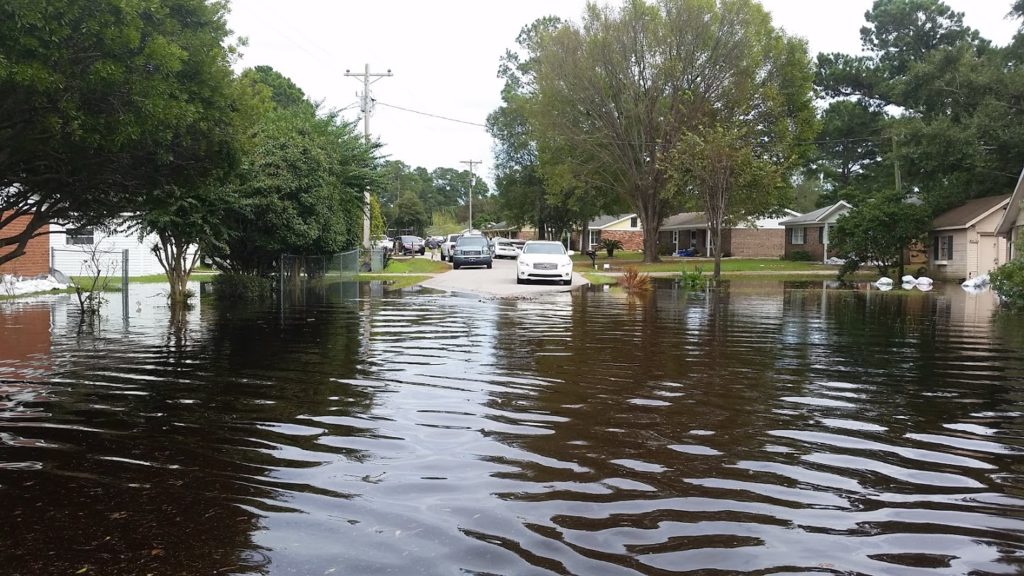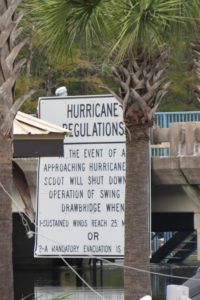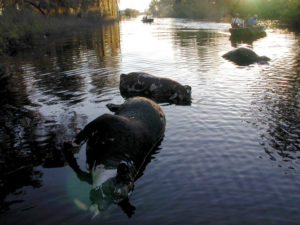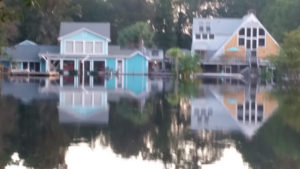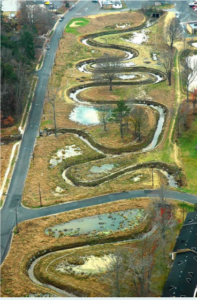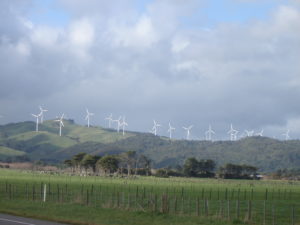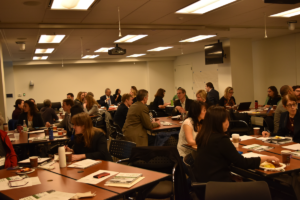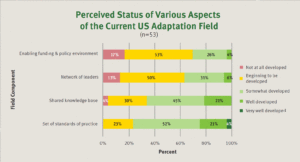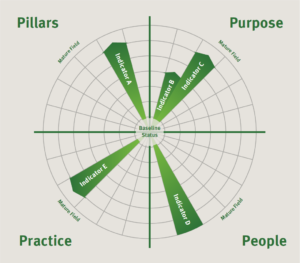
In the days shortly after World War II, writes Gilbert M. Gaul in The Geography of Risk, Morris Shapiro and his family were busy building their own version of Levittown, the famed suburban tract housing development of Long Island, on a barrier island in southern New Jersey known as Long Beach Island. The place had largely been the preserve of fishing villages in earlier years, but Shapiro had a vision, one he passed along to his son, Herbert, in due time.
Shapiro drained and built on what we now call wetlands, but in the 1940s, environmental values were a weak reed for resisting the onslaught of developers who believed in the next big real estate trend and the willingness of small villages to grow with them. And so, Morris persuaded Herbert to buy land around Barnegat Bay, and the few hunters and watermen who understood the value of salt marsh in preserving wildlife habitat were pushed aside. The suburbanization of the Jersey Shore soon took hold.
Nature heals its own wounds when the landscape is healthy, but damage to the built environment can be another matter altogether. Gaul details the impacts of the Ash Wednesday storm that struck the New Jersey coast in the spring of 1962, providing the nation with its first television-era glimpse of disasters yet to come and the high costs of having compromised the protective dunes and wetlands and installed thousands of bungalows on a narrow, highly vulnerable strip of land along the sea. “Nearly all the 5,361 homes on Long Beach Island . . . were damaged,” Gaul tells us, “including 1,000 that were severely impaired and 600 that were destroyed.”
As always, the immediate focus was on rebuilding, with urgent reminders from legislators and others of the economic value of shoreline development (but not its costs). In the face of that Category 5 juggernaut, Gov. Richard Hughes bravely proposed a six-month moratorium on new development, supported by the U.S. Army Corps of Engineers, and a ban on rebuilding along a 100-foot buffer along the beach. Looking back, it seems visionary for its time in anticipating the problems that would otherwise follow, and it attracted precisely the blowback we have come to expect. Federal support for rebuilding came from the Kennedy administration, and the long drift toward increased federal responsibility for recovery was underway.
Gaul goes on to detail the long tale of Jim Mancini, both developer and mayor of Long Beach Island, and cheerleader in chief for the coastal towns and what they saw as their inevitable growth. Still, governors and environmental officials in New Jersey were periodically game for a new try at restraining a situation where local officials controlled building and zoning while state taxpayers provided millions of dollars to repair storm damage and infrastructure. Gov. Brendan Byrne was next in 1979, starting with a conference on the future of the New Jersey shore, followed by initiatives from the state Department of Environmental Protection and the introduction of the Dune and Shorefront Protection Act in the legislature.
Predictably, the mayors rebelled, led by Mancini, who organized 1,500 protesters to attend a July 1980 hearing at the St. Francis Community Center in Brant Beach. Robert Hollenbeck, chairman of the Senate Energy and Natural Resources Committee, essentially presided over an ambush in which he was repeatedly shouted down by angry homeowners. Once again, the opportunity to take a creative regulatory approach to controlling shoreline damage was driven into wholesale political retreat. By the time Superstorm Sandy delivered its legendary hit in October 2012, it was all over but the shouting. The administration of Gov. Chris Christie was not about to seriously challenge the home rule prerogatives that dominate the politically fragmented landscape of New Jersey township government. The tough questions would have to wait.
What Gaul outlines in New Jersey, of course, has occurred in other forms in other places from the Carolinas to Florida to Texas over the subsequent decades. Gaul takes us to all these locations as the book progresses. What we have seen, time and again, are the costly consequences of a pattern of coastal development that has placed increasing quantities of homes and properties in harm’s way, then begged or even demanded that states and the federal government rescue the storm-damaged communities even as they fight bitterly against regulatory measures aimed at reducing future costs by restricting unwise development.
Of course, by now there are many residents caught in the middle. But surely, it is not impossible to sympathize with their plight and be willing to assist those who seek alternatives, while refusing to continue subsidizing unwise new development or bailing out those who refuse to accept the reality of the risks they have assumed. What is clear is that tough decisions await, and the public does not have endless resources. Wiser development and rebuilding decisions are imperative.
Not surprisingly, Gaul, a veteran Pulitzer Prize-winning author and reporter, is a New Jersey native. But he is also an astute historian and researcher who writes with a well-informed passion that brings us, in the end, to the fateful season of 2017—the year of Hurricanes Harvey, Irma, and Maria—and then 2018, when all looked calm on the meteorological front until Florence took its toll in North Carolina, followed by Category 5 Michael in the Florida Panhandle. Climate change, inducing hurricanes that become slow-moving rain bombs that flood cities like Houston, is still “not a thing” in the Trump White House. Neither, for the most part, are buyouts of repetitively flooded homes, even as the nation desperately needs to find ways to live more resiliently in the face of the risks it has embedded on its coastal landscapes.
But the costs keep climbing, and it is not impossible to imagine a serious political reckoning under a different administration with a more realistic handle on the stakes involved, which run into the trillions of dollars. It is not impossible, for instance, to imagine a $250 billion disaster if a catastrophic hurricane took direct aim at one of Florida’s major cities. For that reason alone, Gaul’s book may be worth a read. We need to improve the quality and depth of the conversation around issues with such drastic fiscal impact.
Jim Schwab



